In my spare time, I do look at a lot of street photographs, be it in books, Flickr or at exhibits. While there is an endless variety of subjects, approaches, and styles, I believe that most photographs can be linked to a determined type of street photography. The proposed listing below does not intend to be comprehensive, but provides a quick (and spontaneous… ) description of what I believe are the five most popular types in today's street photography. Theses types are obviously not mutually exclusive and you'll most probably find that your pictures or preferences fall in a mix of these categories.
I) Up close / In your face
The closer you get to your subject, the better. It is all about the man in the street. There are two important sub-types : the street photographers that look for subjects that stand out in the crowd, be it because of traits, expressions, or clothing. And there is the street photographers that use his own presence or attitude to influence the behavior of its subjects (flash, intruding in private space). The results can be spectacular, but unluckily, I'd say that 99% of time they are actually plain boring. Indeed, if one wants to see odd faces, just head to the next metro, no need for to look at a photo book for that. Finally, and take it as a tip to beginners in street photography, it is not because you get close enough, that your pictures will be good (enough). It takes a whole lot more than guts to produce consistently good results in street photography.
Main focal : 35mm and wider.
Skill : Guts
The master is : Bruce Gilden
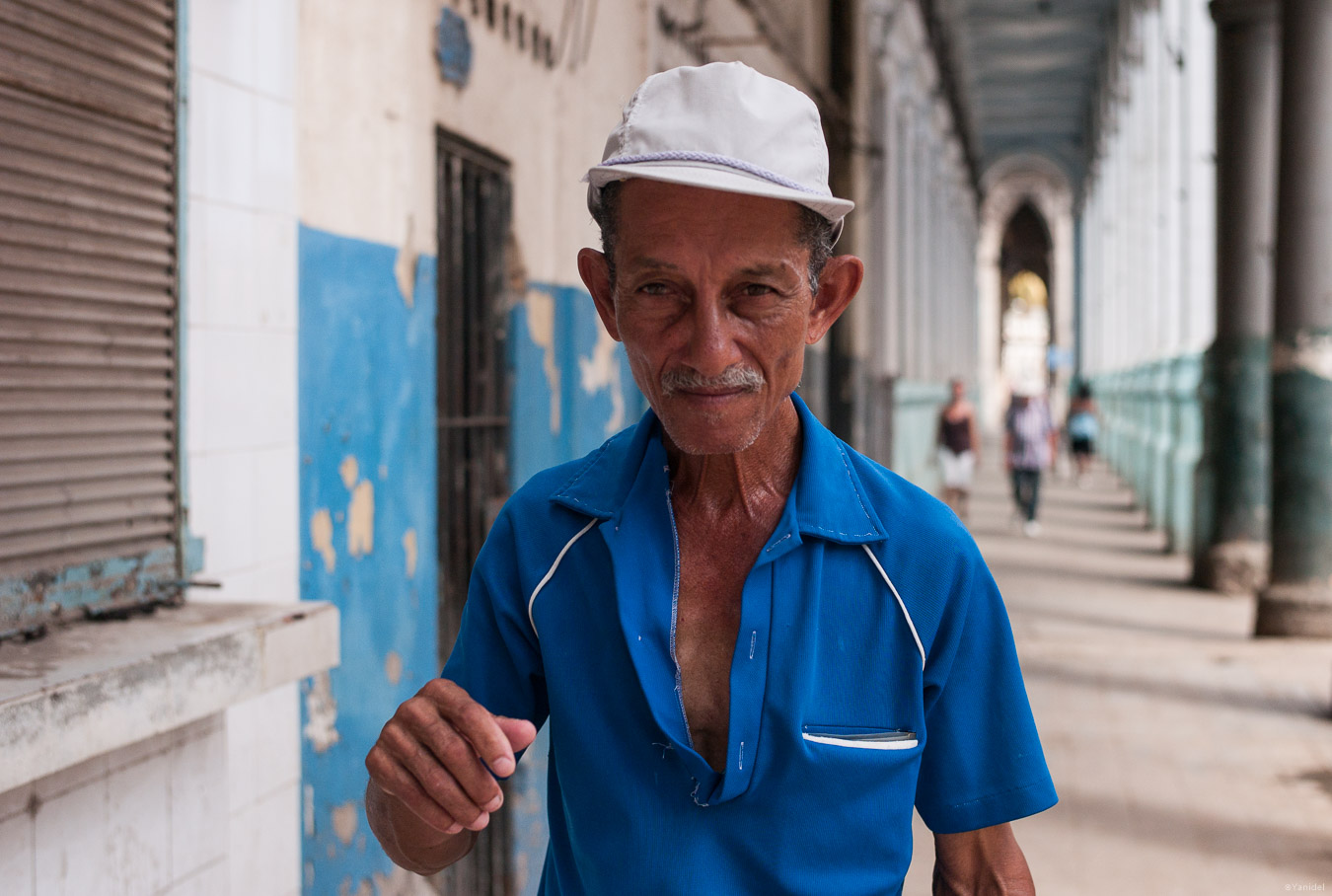
Havana – Leica M8 with 35mm Lux Asph

Havana, Leica M8 with 35mm Lux
II) Classic
The main characteristic of this type of street photography is the search of balance between form and subject. A great subject/scene itself does not make a good picture most of the times, composition is the differentiator. HCB, Brassai, Walker Evans are evident examples of this decades old tradition. Classic street photography is often linked to the Humanism movement, and a key influencer (or vice versa) of 20th century reportage photography. All in all, let's say classic street photography attempts to describe human conditions in a form as pleasant as possible for the viewers' eyes. Nowadays, the main struggle of this type of street photography is innovation and staying out the clichés. While our environment evolves, many "modern classic" shots do bring along an impression of "déjà vu". The end question being: does it really matter ?
Main focal : 35mm to 50mm.
Skill : Composition
The master is : Henri Cartier Bresson
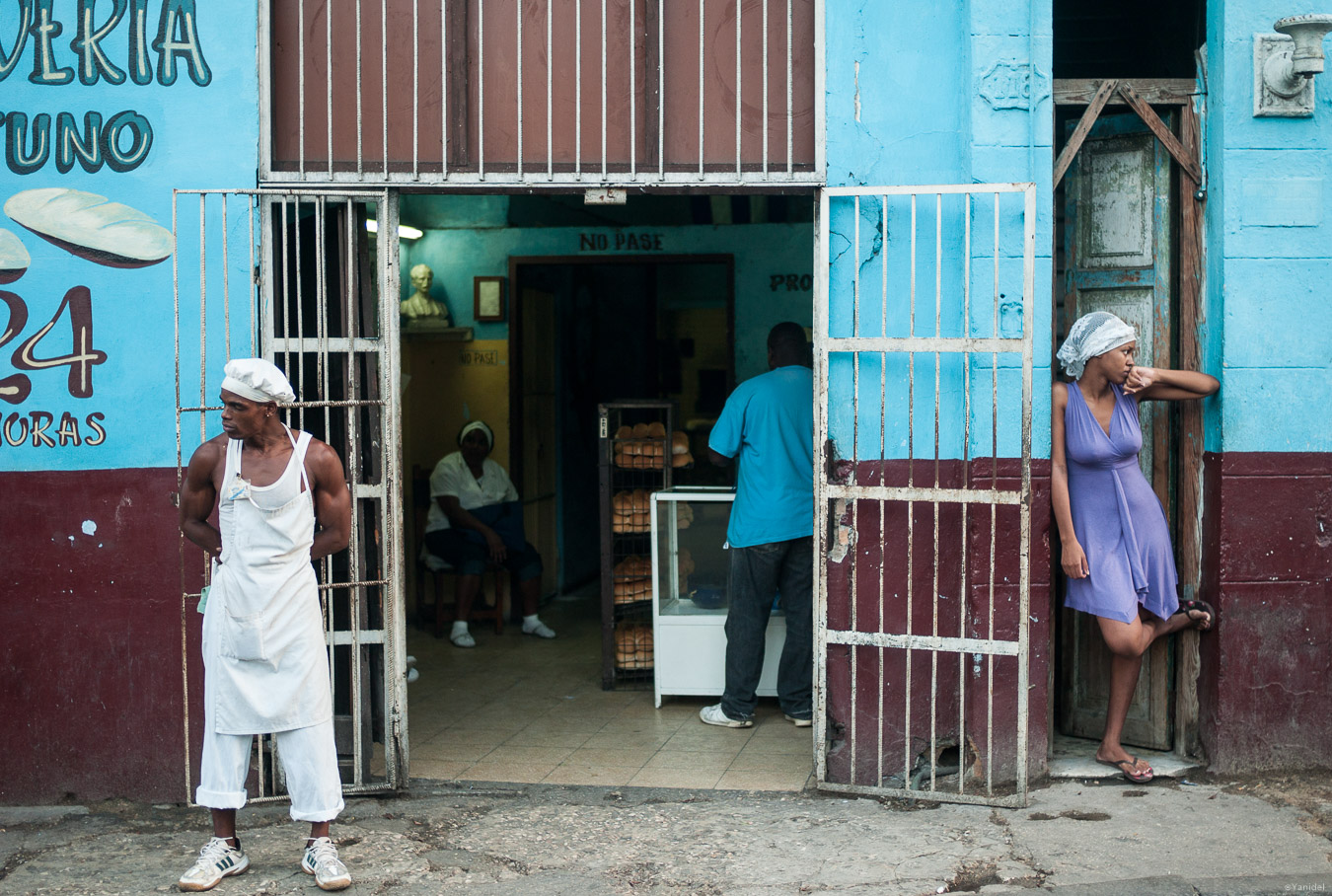
Havana – Leica M8 with 35mm Lux
III) Modern, content centric.
This is the current dominant type of street photography. It's all about the content, with humor, mystery or oddities being a must for a successful pictures. Multi-planes, multi-subjects, multi-meanings (which often end up as "no meaning") is the flavor of the decade. The hero is no more the subject, but is nowadays the street photographer, showing off his swift mind. Looking for adulation in photo-sharing sites, the modern street photographer forgets to ask himself : "Is a good street photograph actually a good picture ?" Or put it another way : "Will it appeal to people outside of his community ?" Answer is probably no, normal Joe buys exclusively Robert Doisneau's postards. Nevertheless, for the trained eyes, modern street photography did produced some jewels. I just wonder how many of those will actually be remembered five decades from now.
Main focals 35mm to super wide.
Skill : Eye, composition, decisive moment.
The master is : All born after 1990

Rosario – Leica M9 with 35mm Lux Asph
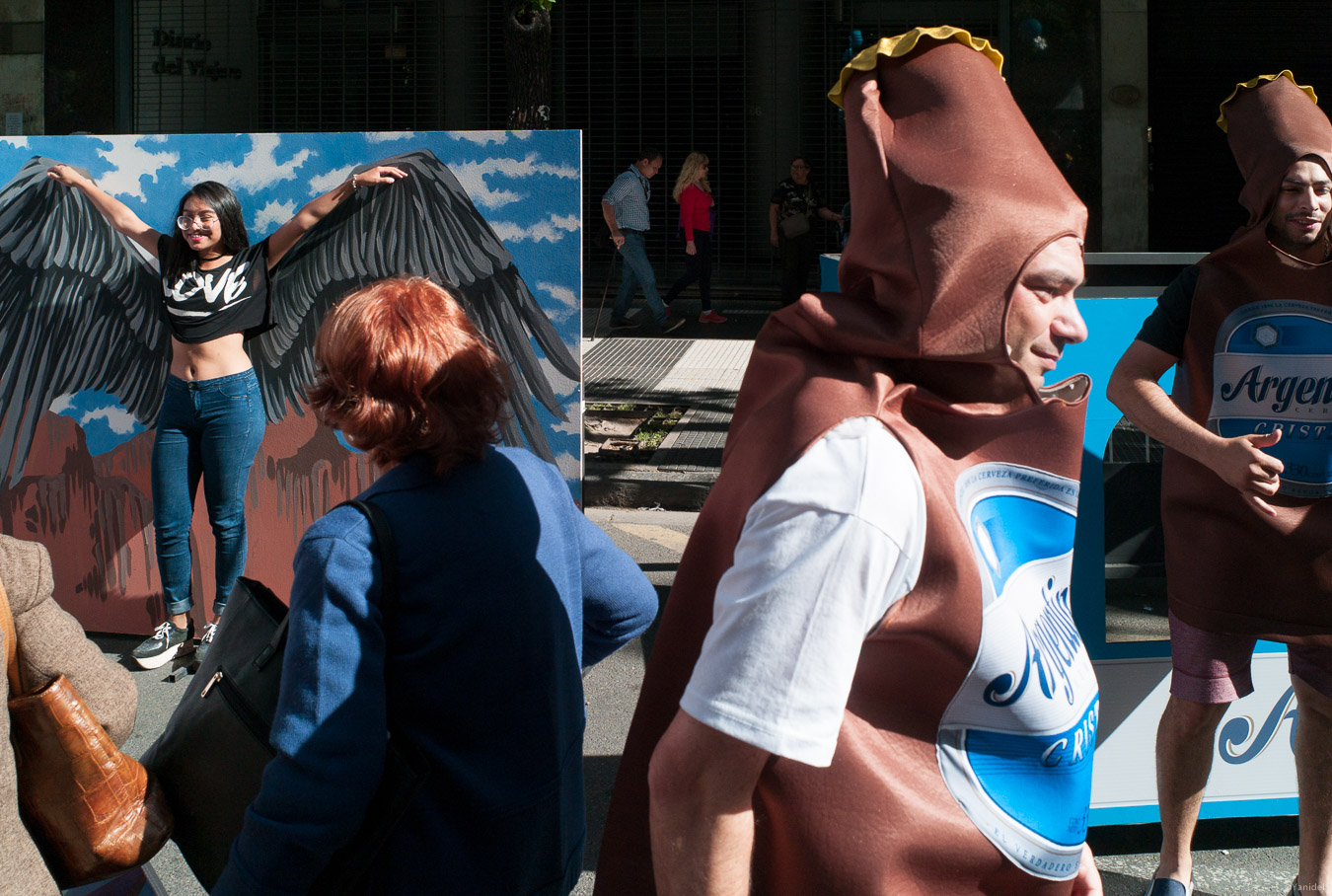
Leica M8 with 24mm Elmarit
IV) Abstract – Impressionist
This type of street photography does not record the strict description of an event in time, but the feeling of it. Reflections, blurs, shadows, colors, …, are used to project you in a place where time and location are undefined. The human element of these pictures is often abstract, be it silhouettes, forms or simply the feel of it. These pictures are extremely difficult to craft since it often calls for a perfect balance between subject and composition. The biggest drawback of this type of street photography is that 95% of the time, it will not be understood by your peers, making it very difficult to produce consistently good images.
Main focal : Any, but preferably fast.
Skill : Observation
The master is : Saul Leiter
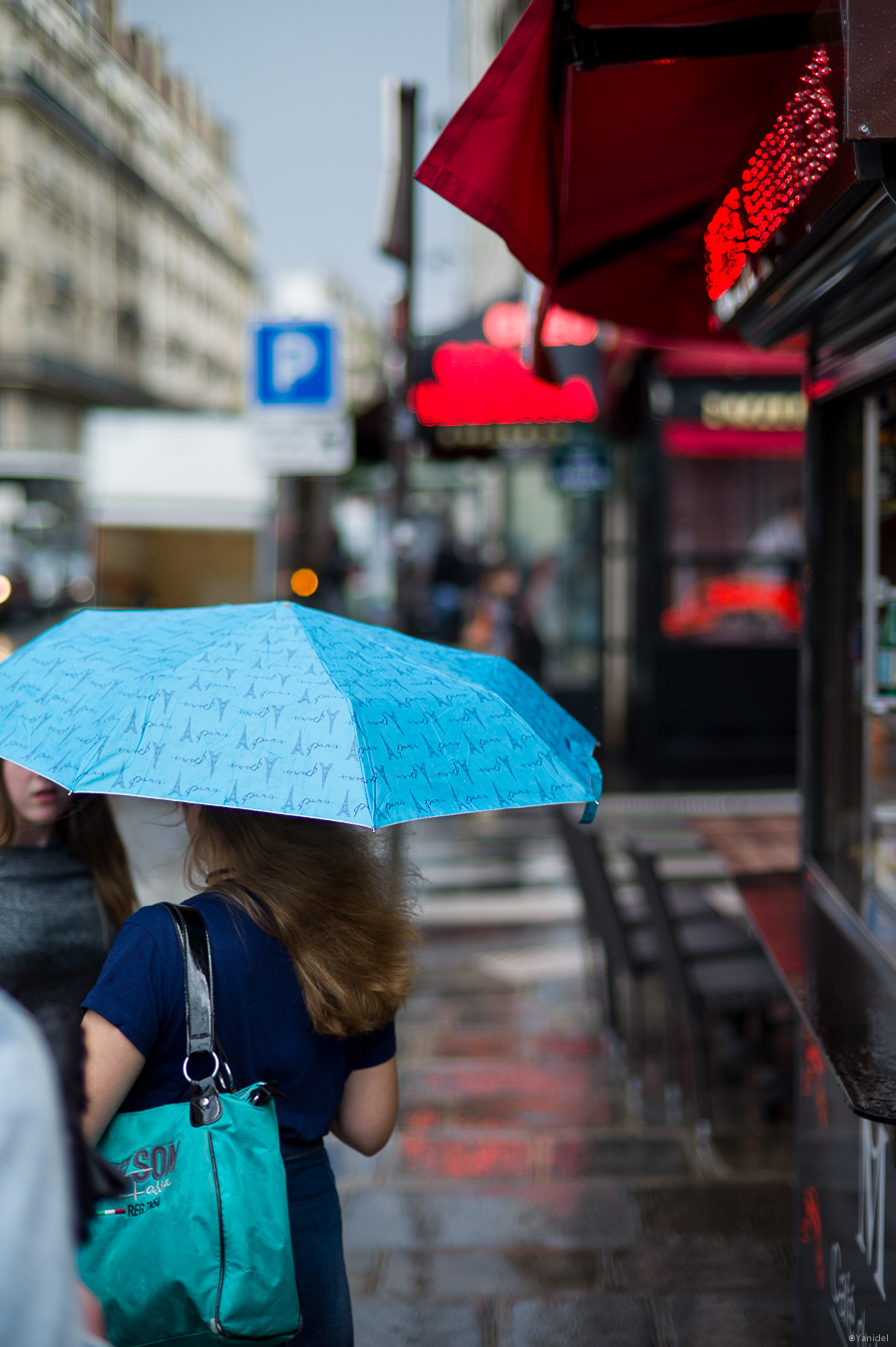
Paris – Leica M9
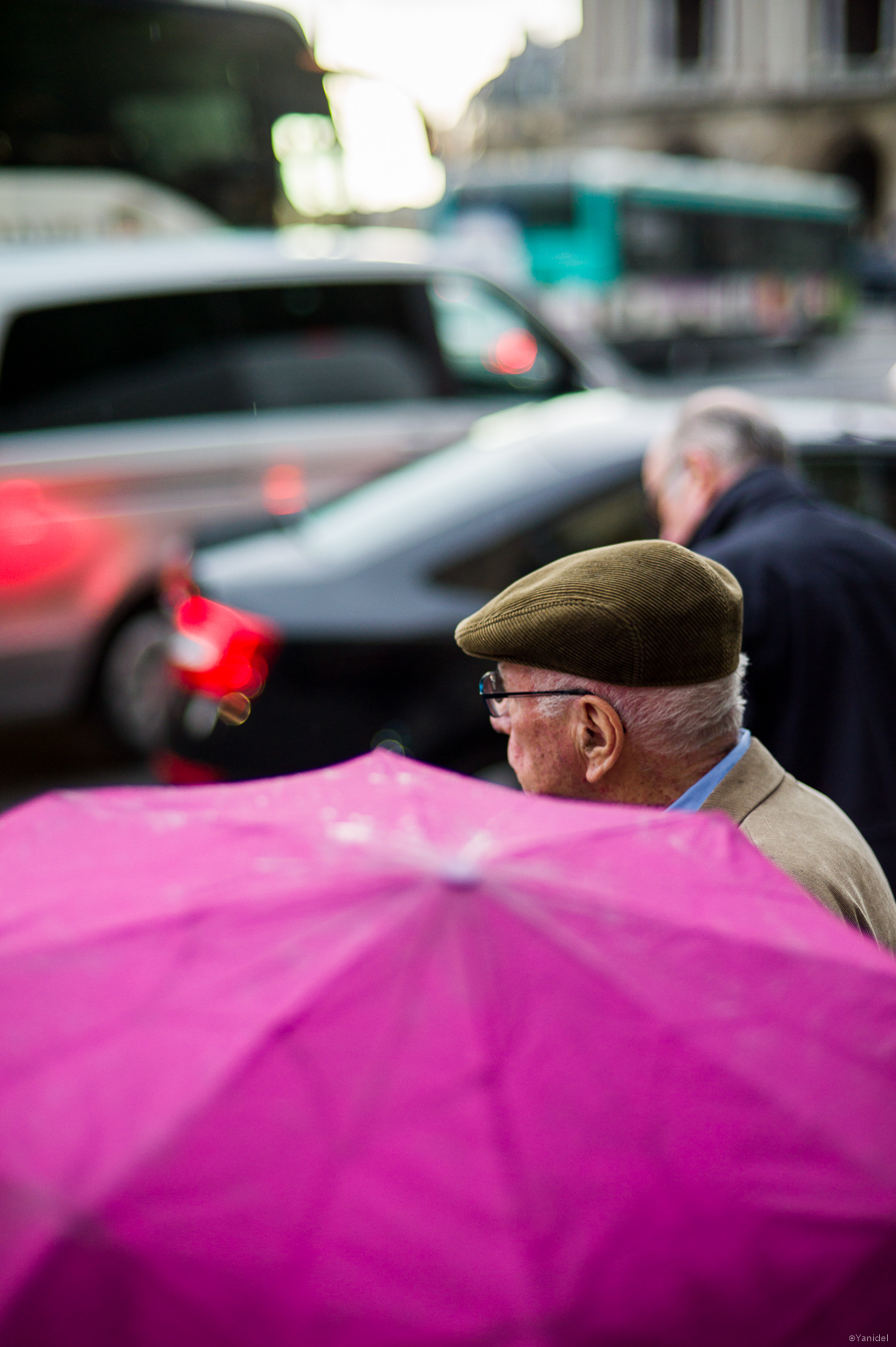
Paris Leica M9 with 60mm Hexanon
V) Graphic
Man-crafted environment is the most important piece of this type of street photography. Humans are only a part of it. Patterns, structures, shadows, tones, textures, colors are the main elements of theses pictures. Since it is above all a graphical exercise, it is very difficult to find an individual message to many of these shots. They are above all a visual experience and therefore will look great on any kitchen walls or hanging behind your CEO's desk.
Main focal : Any
Skill : Patience
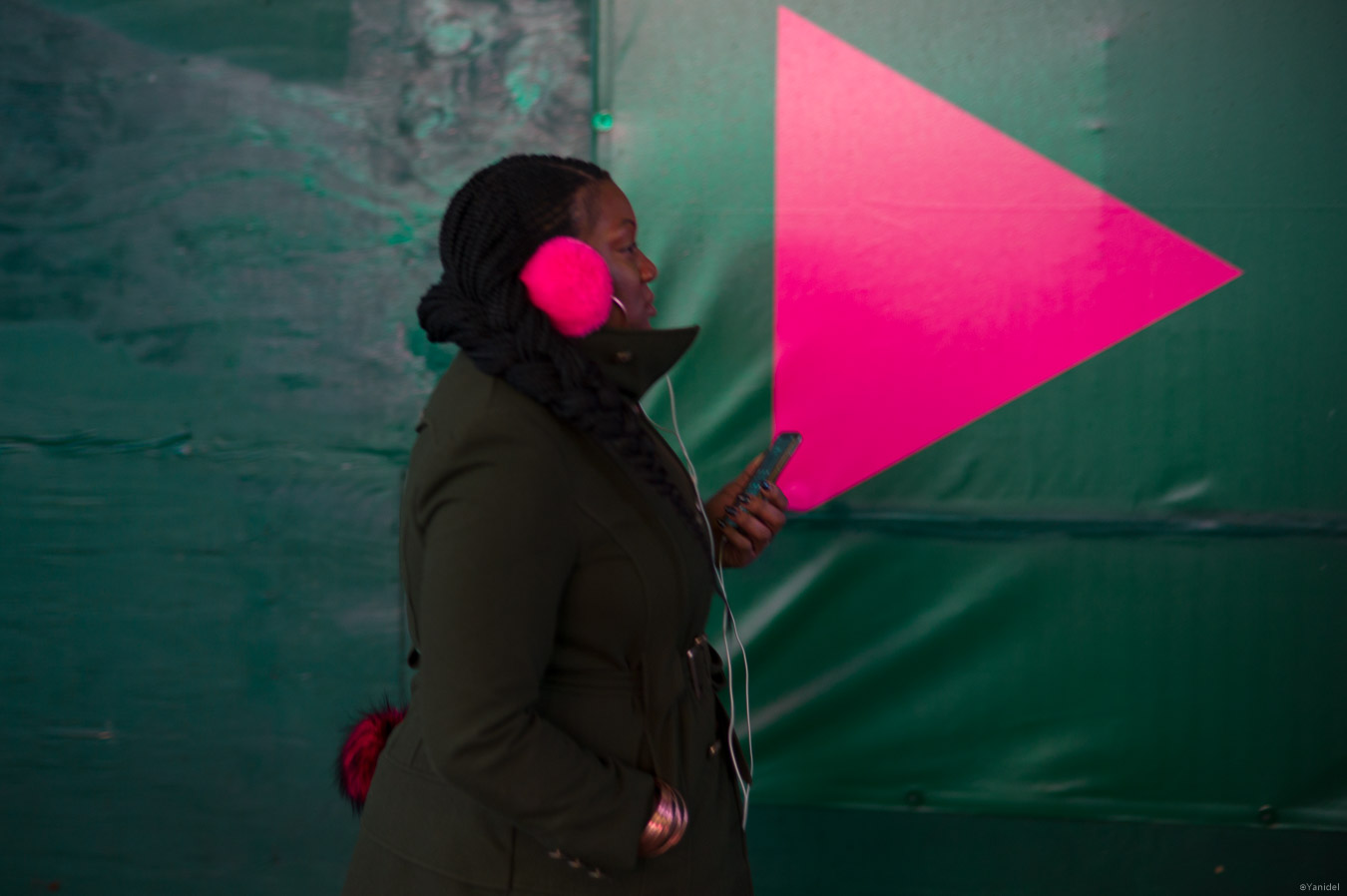
New York – Times Square – Leica M9 with 60mm Hexanon
I picture myself somewhere between Classic and Impressionsit, though obviously I do not restrict myself to other shots opportunities. Now ask yourself, which type corresponds most to your photography ?